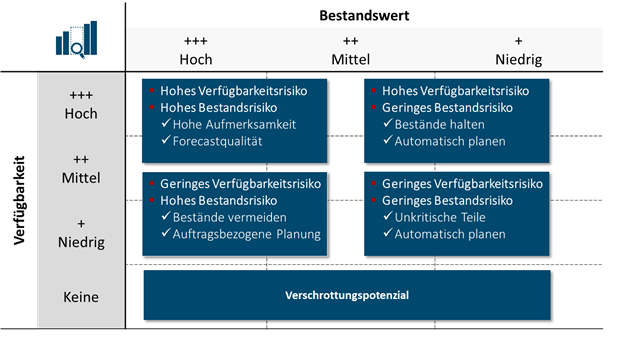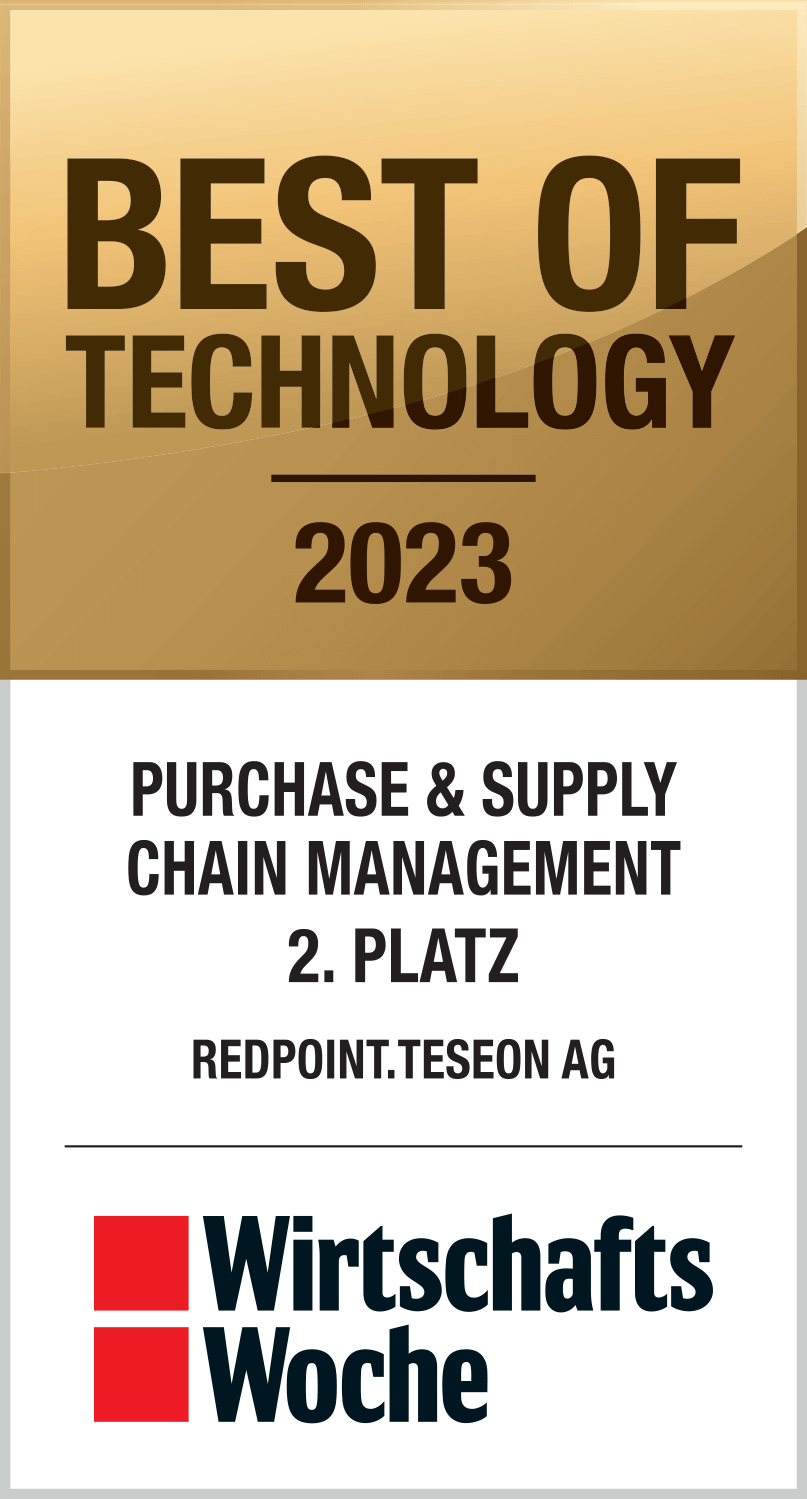Lean Inventory Management
Effectively manage and optimize inventories
1 HOW DO YOU MANAGE YOUR INVENTORY?
The topic of inventory optimization is a constant companion in logistics in many companies. Cost pressure is forcing companies to reduce their stocks without jeopardizing their availability to customers. What is often missing, however, is a transparent, rule-based and integrated process for determining optimized stock levels. Although there are approaches on the market, most of them do not meet all the requirements.
2 THE INVENTORY MANAGER TODAY: A HUNTER AND GATHERER
In many companies, stock levels are determined on the basis of exception reports or missing parts lists. If a shortage occurs, the inventory parameters are “turned up” in order to avoid this exception for the next time. This often results in excessively high stock levels and potential for scrapping. As there is no clear segmentation of the product range according to criteria relevant to availability and stock value, each item is considered individually. Typical consequences are – If the MRP controller is absent due to illness, the necessary knowledge to plan the products is missing
In the event of vacation, several weeks of advance planning is required
There are “stock corpses” in the warehouse, which are discovered during inventory controlling, but have usually already caused significant costs by then
There is no transparency as to which stocks would achieve the required availability. Inventory optimization is therefore usually difficult and not very targeted
3 THE ALTERNATIVE: INVENTORY MANAGEMENT INSTEAD OF INVENTORY MONITORING
Inventory control means actively developing strategies and rules according to which the inventory-relevant planning data for an item is determined. The first step here is to create transparency. This can be achieved by segmenting items according to availability and stock value-relevant criteria. Corresponding rules for stocking and planning strategy can be derived from this segmentation (Figure 1). For example, items with a low availability risk and high inventory risk are more suitable for order-related production, while items with a high availability risk and low inventory risk are well suited for stockpiling. Items with a high availability risk and high inventory risk require increased attention in planning and scheduling, as mismanagement has serious consequences in both directions.

Figure 1: Segmentation of the product range according to availability and inventory value criteria
The next step is to optimize stock-relevant parameters such as:
- Procurement lot size
- Safety stock
- Reorder level
- Maximum stock level
You can download the complete white paper using the download button below.

